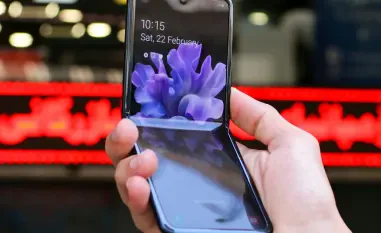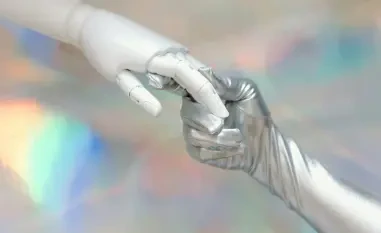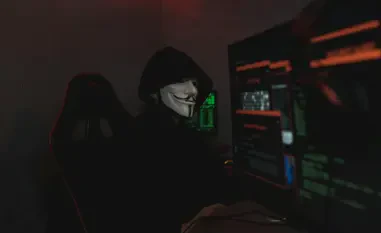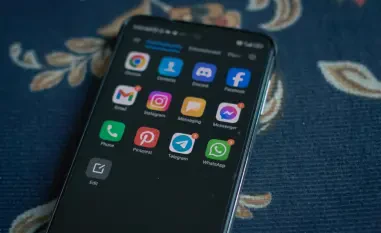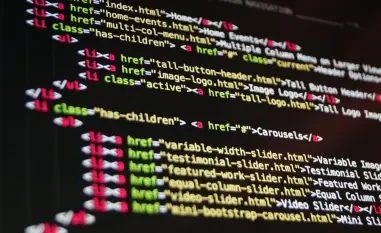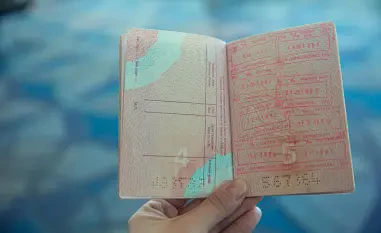In a world where technological advancements unfold at an unprecedented pace, deepfakes—artificially crafted media that replicate or alter a person’s face, voice, or likeness through artificial intelligence (AI)—have emerged as a profound challenge for South Africa, threatening personal rights, societal trust, and even democratic stability. These deceptive creations are no longer just a futuristic concern but a present-day reality with far-reaching impacts. From fabricated celebrity endorsements to manipulated election content, the effects of deepfakes are both personal and widespread. South African legal frameworks, while comprehensive in theory, seem to lag behind the rapid evolution of this technology, struggling to deliver timely justice to victims. This article explores the intricate dynamics between the escalating sophistication of deepfake tools and the adequacy of South Africa’s legal protections, shedding light on why enforcement mechanisms are failing to keep pace with digital deception and what can be done to bridge this critical gap.
Unpacking the Rise and Risks of Deepfake Technology
The term “deepfake” refers to a range of AI-generated forgeries, including manipulated text, photos, audio, and videos that can convincingly mimic real individuals. Since gaining notoriety in 2017 through viral content shared on social platforms, the technology has evolved dramatically, becoming accessible via simple apps that require minimal technical expertise. This democratization of deepfake creation has opened the door to significant misuse, ranging from non-consensual explicit content to fraudulent endorsements. In South Africa, the tangible harm is evident in cases like broadcast anchor Leanne Manas being falsely linked to weight loss products, or Professor Salim Abdool Karim depicted in fabricated anti-vaccination statements. Such incidents underscore the technology’s capacity to deceive audiences on a massive scale, often leaving victims with tarnished reputations and little immediate recourse against anonymous perpetrators hiding behind digital veils.
Beyond individual damage, deepfakes pose a systemic threat to the fabric of society by undermining trust in media and information. The ability to create convincing falsehoods can distort public perception, particularly during critical moments like elections, where misinformation can sway voter behavior and disrupt democratic integrity. South Africa, with its strong constitutional emphasis on rights like privacy and dignity, faces a direct challenge as deepfakes erode these foundational protections. The accessibility of tools to create such content means that anyone with a smartphone can become a potential threat, amplifying the scale of risk. As the technology continues to advance, the line between reality and fabrication blurs further, making it imperative to address not just the creation of deepfakes but also their rapid dissemination across global platforms that often evade local oversight.
Legal Safeguards in South AfricA Robust Foundation
South Africa’s legal system offers a seemingly strong arsenal against the misuse of deepfake technology, rooted in a blend of constitutional guarantees, targeted legislation, and judicial precedents. Key laws such as the Cybercrimes Act of 2020 address the unauthorized distribution of intimate images, while the Electoral Act of 1998 prohibits spreading false information during election periods. Additional protections under the Films and Publications Act of 1996 and the Protection of Personal Information Act bolster defenses against privacy violations and harmful content. Court decisions, like those in Grütter v Lombard and the Basetsana Kumalo case, have further solidified the principle that unauthorized use of a person’s likeness infringes on rights to identity and privacy, providing a legal basis to combat deepfake harms across contexts like false advertising or reputational damage.
This framework, on paper, equips victims with clear avenues for redress, covering both criminal and civil dimensions of deepfake misuse. The judiciary has shown a consistent stance against digital deception, recognizing the importance of safeguarding personal rights in an era of technological disruption. Statutes and common law together create a safety net that addresses various forms of harm, whether it’s non-consensual content, election interference, or commercial exploitation. South Africa’s mixed legal system, combining constitutional principles with actionable legislation, positions the country as having one of the more comprehensive approaches to tackling such issues in the region. Yet, while the laws exist to protect, their real-world impact hinges on factors beyond written text, revealing a significant gap between intent and execution that continues to leave many vulnerable.
The Enforcement Gap: Barriers to Justice
Despite a robust legal foundation, the practical enforcement of laws against deepfake misuse in South Africa reveals glaring shortcomings. Court systems are plagued by chronic backlogs and limited capacity, resulting in delays that can stretch for years before a case is resolved. For victims, this slow pace of justice often compounds the initial harm, as damaging content continues to circulate online while legal proceedings crawl forward. The financial burden of litigation adds another layer of inaccessibility, with high legal costs and scarce pro bono support meaning that only those with significant resources can afford to pursue claims. This disparity transforms justice into a luxury rather than a right, leaving many victims without viable options to defend their dignity or reclaim their reputations.
Further complicating enforcement is the global scope of deepfake distribution and the challenges of holding international platforms accountable. While South African courts can claim jurisdiction over companies like Meta or TikTok, enforcing rulings across borders is both costly and time-intensive. Takedown requests to remove harmful content are frequently delayed, allowing irreparable damage to spread unchecked. Additionally, the anonymity of perpetrators on social media, paired with platforms’ slow responses in disclosing identities, hinders investigations by the South African Police Service. These systemic obstacles highlight a critical disconnect: laws may define protections, but without efficient mechanisms to implement them, victims remain exposed to the escalating threats posed by digital forgeries in an interconnected world.
Bridging the Divide: Pathways to Stronger Protections
Addressing the enforcement challenges requires a multifaceted approach that goes beyond existing legislation to tackle systemic and technological barriers. One pressing need is to streamline judicial processes and enhance court capacity to handle deepfake-related cases more swiftly. Establishing specialized units within the legal system to prioritize digital crimes could reduce delays, ensuring victims receive timely resolutions. Simultaneously, increasing access to affordable legal aid or pro bono services would democratize justice, allowing those without financial means to seek redress. Collaboration between government and legal organizations could facilitate funding and training to support such initiatives, ensuring that the right to protection is not limited by economic status.
On the technological front, innovations like AI watermarking—embedding identifiers in content to flag it as artificial—offer promising tools to curb deepfake misuse. South Africa could also push for legislative updates that impose stricter accountability on platforms, mandating faster takedown processes and transparency in content origins. Building capacity within law enforcement through partnerships with AI research centers is another vital step, equipping officers with skills to detect and authenticate manipulated media. International cooperation must be prioritized to address jurisdictional hurdles, fostering agreements with global tech companies for quicker compliance with local laws. These combined efforts, blending legal reform, technological solutions, and global collaboration, are essential to close the gap between South Africa’s strong legal protections and the practical realities of combating deepfake threats.
Looking Ahead: A Call for Adaptive Solutions
Reflecting on the journey of tackling deepfake technology in South Africa, it’s evident that while the legal framework provides a solid starting point, the battle is often lost in the realm of enforcement. Cases involving public figures demonstrate the profound personal and societal damage caused by manipulated media, yet systemic delays and global complexities repeatedly hinder justice. The past efforts to uphold rights through statutes and court rulings have laid important groundwork, even as they struggle against the rapid pace of technological change.
Moving forward, the focus must shift to adaptive solutions that anticipate rather than react to deepfake advancements. Policymakers should consider proactive measures, such as incentivizing tech companies to develop detection tools and integrating digital literacy into public education to help citizens identify fabricated content. Strengthening international frameworks for data sharing and platform accountability will be crucial in addressing cross-border challenges. Ultimately, safeguarding South Africa’s digital landscape demands a dynamic balance of innovation, legal reform, and public awareness to ensure that protections evolve as swiftly as the threats they aim to counter.

